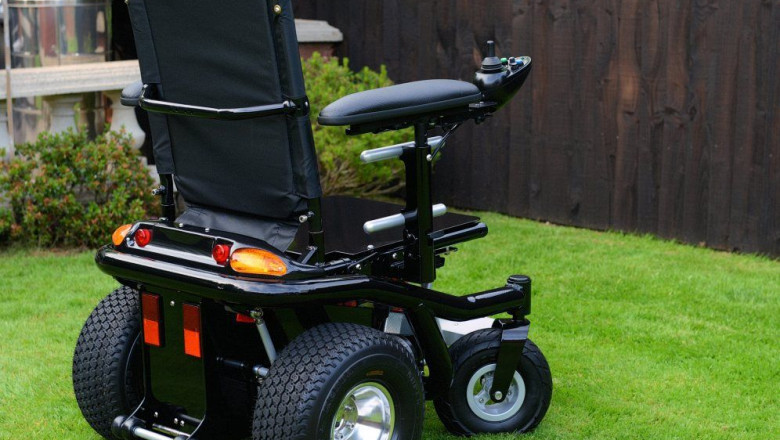views
The personal mobility devices market has witnessed substantial growth over the past decade, driven by a rising aging population, increasing prevalence of disabilities, and continuous innovation in assistive technology. These devices, which include wheelchairs, mobility scooters, canes, crutches, and walkers, are essential for enhancing the quality of life for individuals with mobility impairments. Technological advancements, favorable reimbursement policies in developed nations, and a growing awareness of personal health and wellness are significantly shaping the dynamics of this industry.
One of the major drivers of the personal mobility devices market is the global demographic shift toward an older population. According to the World Health Organization, the number of people aged 60 years and older is expected to double by 2050, reaching 2.1 billion. With age, the risk of developing mobility issues increases, thereby boosting the demand for mobility aids. Moreover, the incidence of conditions such as arthritis, multiple sclerosis, spinal cord injuries, and other chronic illnesses contributes further to the need for these devices.
Technological advancements are playing a transformative role in the market. Smart mobility aids, such as GPS-enabled wheelchairs, voice-activated scooters, and AI-assisted walking aids, are improving user independence and safety. These innovations are not only enhancing the user experience but also attracting a younger demographic with temporary disabilities or rehabilitation needs. Additionally, ergonomic designs and lightweight materials like carbon fiber are making devices more comfortable, portable, and stylish.
Geographically, North America currently leads the personal mobility devices market due to a high adoption rate, strong healthcare infrastructure, and favorable insurance coverage. However, the Asia-Pacific region is expected to witness the fastest growth during the forecast period, driven by a large population base, increasing elderly demographics, and rising healthcare spending in countries like China, India, and Japan. Governments and private sectors in these regions are investing heavily in healthcare infrastructure and disability support services.
Despite its strong growth, the market faces several challenges. High costs of advanced devices and limited reimbursement in some countries may restrict access for economically disadvantaged populations. Additionally, in rural or underdeveloped areas, awareness and availability of such devices remain low. Manufacturers and policymakers need to focus on affordability and distribution to ensure inclusivity.
Another notable trend is the increased demand for customizable and aesthetically pleasing mobility aids. Users now seek devices that match their lifestyle and personal preferences, leading manufacturers to innovate with adjustable components, modern designs, and a broader range of colors and styles. This shift signifies a move away from viewing mobility aids purely as medical devices, toward embracing them as lifestyle products.
E-commerce is also playing a pivotal role in expanding market reach. Online platforms offer consumers a wide selection of products, detailed specifications, reviews, and competitive pricing, thus improving accessibility and awareness. The convenience of home delivery and virtual consultation has become even more vital post-pandemic, further fueling market growth.
In summary, the personal mobility devices market is poised for robust expansion due to demographic shifts, technological innovation, and evolving consumer preferences. While there are challenges in terms of affordability and accessibility, the increasing emphasis on user-centric design and policy support will continue to drive progress. Industry stakeholders must remain agile and inclusive, focusing on innovation, distribution, and affordability to meet the diverse needs of a growing global population.






















Comments
0 comment